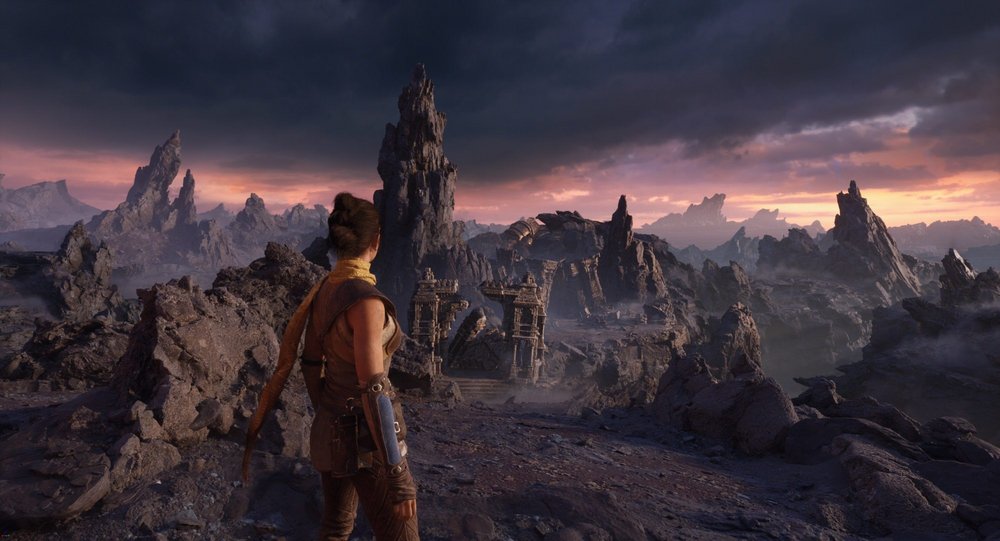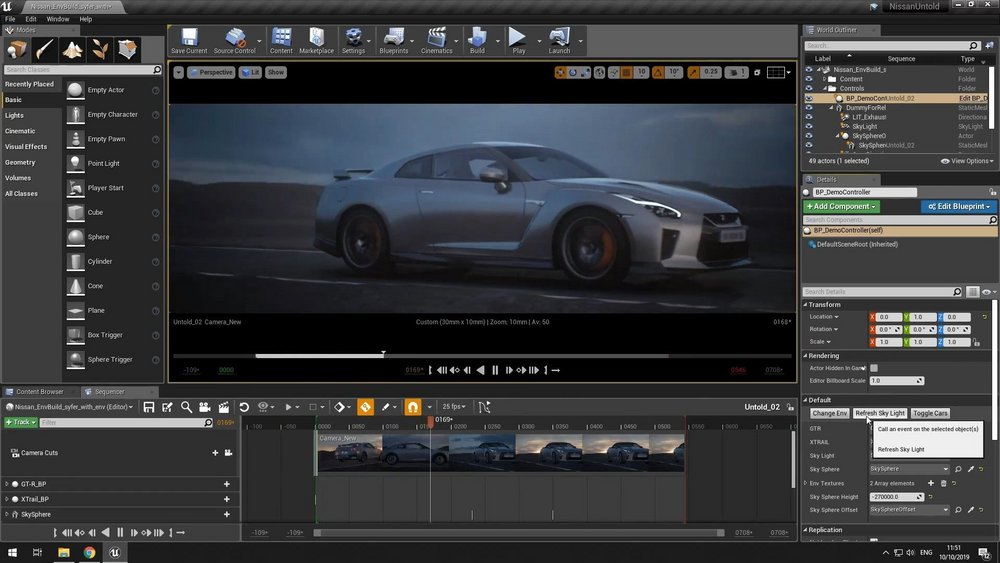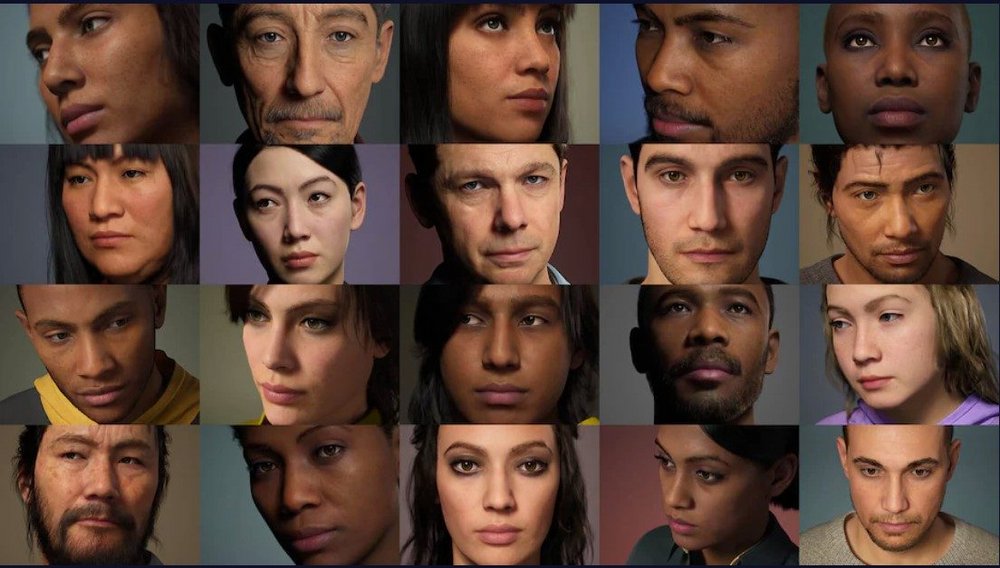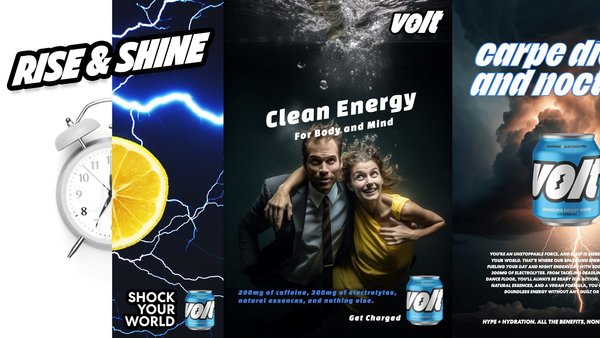Why Unreal Engine is a ‘transformative’ tool for advertising /
Contagious explains how Epic Games’ 3D tool is being adopted by ad agencies to create brand ecosystems and prepare for the metaverse
James Swift
/
The UK’s Institute of Practitioners in Advertising (IPA) is hosting a workshop in conjunction with Epic Games and Collective in June to teach the industry about Unreal Engine.
Contagious spoke with a couple of early adopters to find out more about the software that the IPA claims will ‘revolutionise advertising’.
What is it?
Unreal Engine is a gaming engine, a tool for creating photo-realistic 3D models and environments. It can also create 2D models and environments, but that’s less impressive.
Epic Games’ founder Tim Sweeney built the engine to develop the 1998 first-person shooter game, Unreal, and soon after began licensing the software to other developers.
Over two decades Epic has released multiple iterations of Unreal Engine (version 5 is now available to preview), and made it compatible with consoles and mobile operating systems, as well as desktop computers.
In that time the technology has been adopted by industries beyond game development. Automotive companies use it in the design process (to create virtual reality simulations of car interiors) and to create digital dashboard displays, and architects use it to present their work.
Neat. What’s that got to do with advertising?
Unreal Engine arguably has greater scope for application within advertising and marketing than design or architecture.
It can be used to build virtual showrooms and other digital environments that people can visit to get a feel for a product.
It’s efficient at adapting global TV campaigns for regional broadcast, for instance by changing the product packaging that appears in each scene, like Media.Monks did for Oreo.
And it’s an obvious choice for brands that want to create video games to market themselves, like Balenciaga did with Afterworld: The Age of Tomorrow, but those instances are comparatively rare.
‘Unreal is such a powerful and flexible tool, it’s more than that too, it’s a creative mindset. Our 3D artists and engineers can create and change new worlds, in real-time,’ says Tim Dillon, SVP of growth and real-time innovation at Media.Monks.

What is so good about it?
Collective co-founder Stephen Barnes says that listing Unreal Engine’s uses doesn’t really convey its potential to transform marketing. It is better understood, he says, as a tool that allows brands to create ecosystems and ‘universal assets’ that can be used across any medium.
‘It’s not about saying it's for a campaign or it’s for an app or whatever. It’s for everything [...] so once you’ve built it, you can use it to infinity.’
For instance, the same ‘universal asset’ (let’s say a 3D model of a car) built with Unreal Engine can be used to create a TV ad or an online configurator, and because it all comes from the same source there is no variation in quality.
Unreal Engine’s other advantage concerns rendering, the process of converting 3D models into realistic images and animations with texture and lighting. Rendering with traditional tools means rigging a rough model with all the required adjustments and then waiting hours to see the final product. Unreal Engine on the other hand allows users to work on a rendered image in real time. If, say, you are working on a TVC in which a car drives through a desert, you can instantly change the lighting by moving the sun, or even drop in some snow if it’s Christmas.
‘The end result is actually what you're seeing on screen,’ says Barnes, ‘which gives you amazing opportunities to kind of art direct on the fly’. It also saves a considerable amount of time and money.
What are Unreal Engine’s limitations?
‘Unreal is a 3D technology and so just like all 3D tools, it’s not able to escape the uncanny valley from time to time,’ says Dillon, referring to the discomfort that people feel when they look at not-quite-perfect artificial faces. ‘That said, it’s evolving and maturing very quickly, just last year we would not have thought what we have now in something like the MetaHumans would be possible.’
Unreal Engine is also not the sort of tool that you can just pick up. It requires skill and training.

Is it going to be a big thing in advertising?
‘We’re seeing more and more reasons for agencies, production companies and client side teams to adopt Unreal into their kit of tools,’ says Dillon, ‘for quick visualisation, for interactive and fast prototyping and to bring together varying elements such as motion capture, avatars and virtual environments, for all all kinds of verticals from fashion, retail, sports, brand events and more.’
The ad industry’s fascination with the idea of a metaverse, a persistent and live shared online world, is also likely to drive agencies to experiment with and adopt Unreal Engine.
‘Game engines like Unreal are the foundation of playable spaces that people think of as the metaverse,’ says Dillon, ‘so it’s hand in hand. The future of Unreal is unlimited though, as it’s perfectly placed to create the most immersive and rich experiences, to inhabit and want to spend time within.’
Are there alternative tools available?
Barnes mentions 3D Max and Dillon says that Unity is a ‘very interesting game engine that has focused more on the mobile and lighter weight end of the spectrum’ but is now becoming more powerful.
What does Unreal Engine cost?
For game developers, Unreal Engine is free until they make $1m on their product, after which Epic Games charges a 5% commission. But Epic Games does not charge agencies any royalties for creating ‘linear content or custom projects for clients’.
Correction: This article was updated to correct a mistake about the royalties charged to agencies using Unreal Engine.
Want more of the same? /
We don’t just write about best-in-class campaigns, interviews and trends. Our Members also receive access to briefings, online training, webinars, live events and much more.







